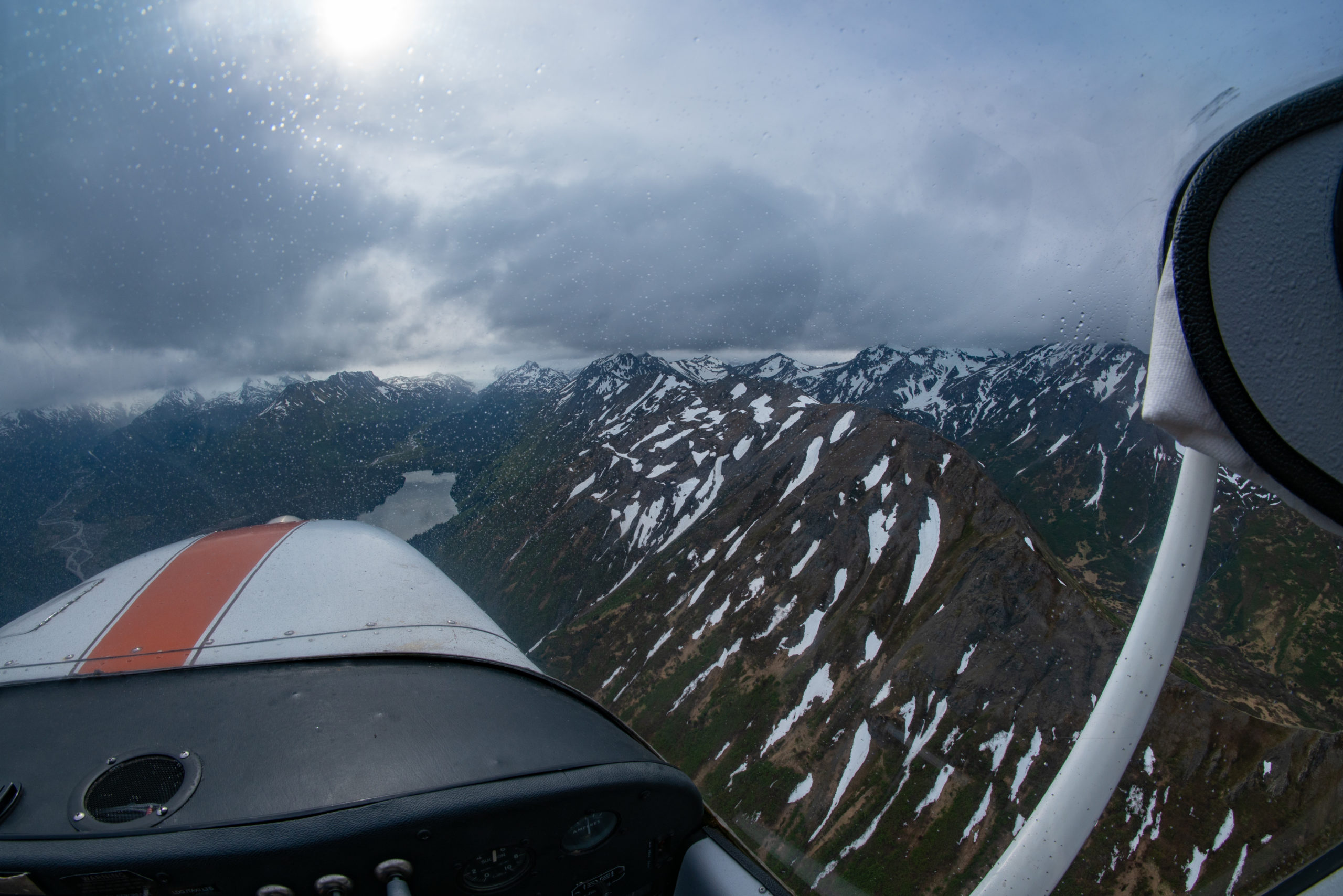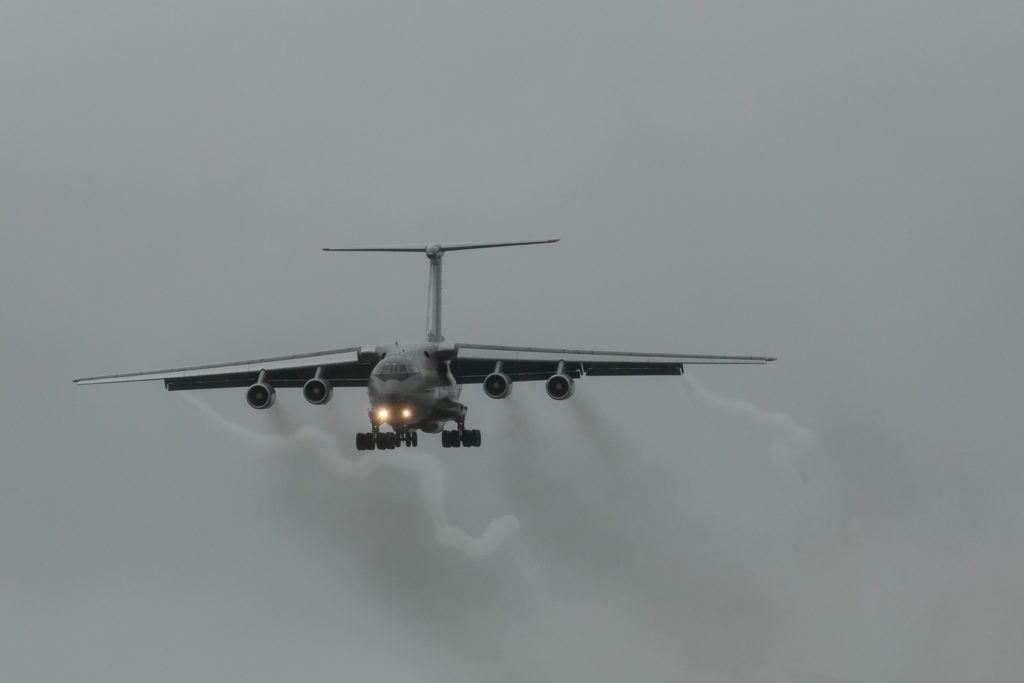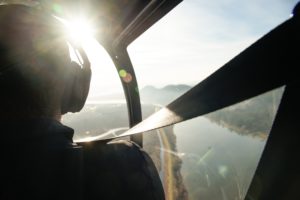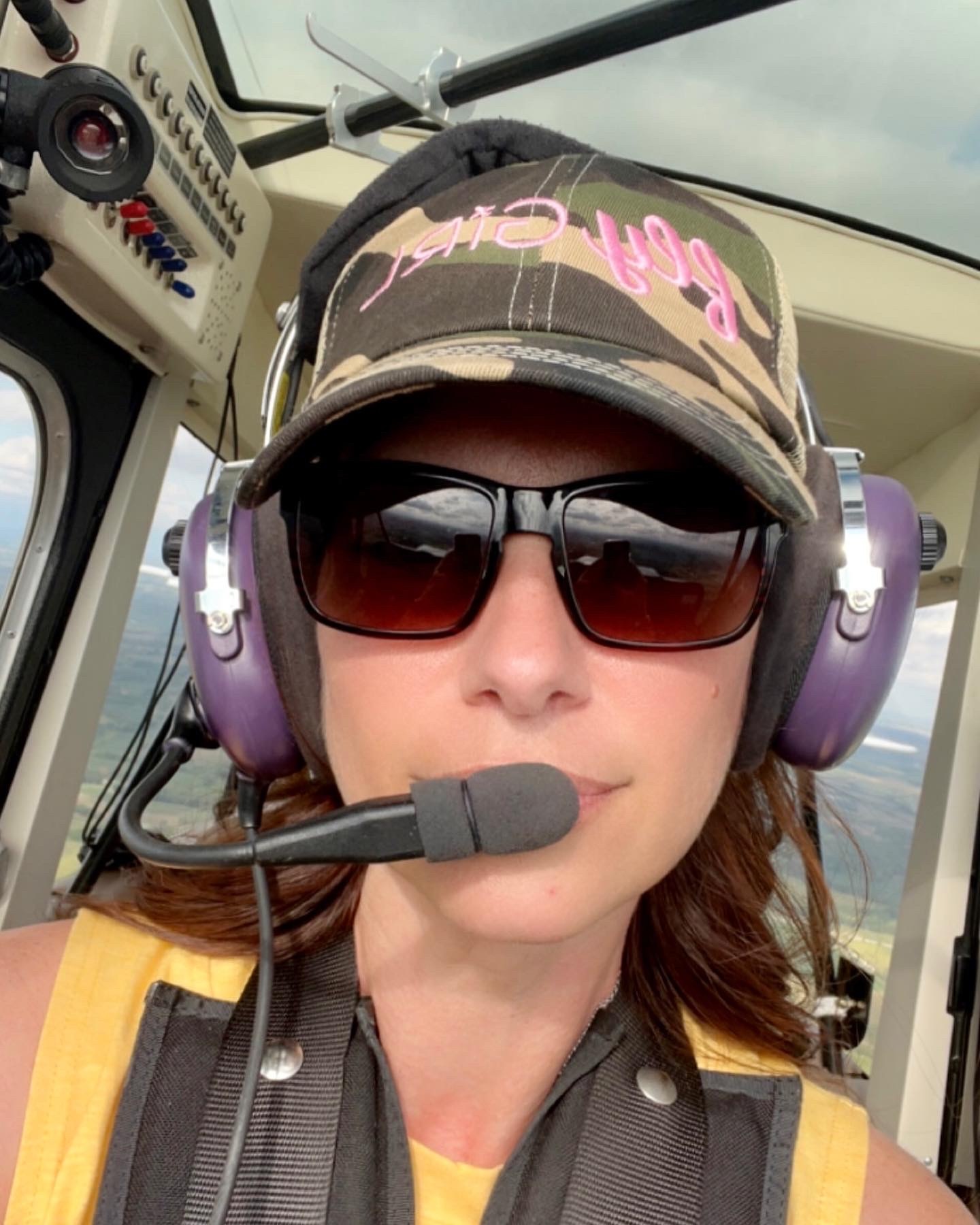
Flying is fun, but not always. You might have heard people saying that they have a fear of flying. But have you wondered why? The reason is air turbulence. Defined as “any change in the air around the aircraft,” turbulence is any flyer’s biggest nightmare. Even when the turbulence is mild, it feels like the airplane will fall out of the sky.
However, pilots and crew members stay calm about it; they make an announcement and ask passengers to take care. But certain situations can even frighten the pilot. Read this article to learn about turbulence, its causes, types, and safety measures.
What Exactly Is Turbulence?
The chaos in the air current which helps an airplane fly results in shakes, annoying bumps, and violent movement is called turbulence. It’s also termed “air pockets.” On some days, this can be minor enough for you to hardly notice it. But other times, it can be severe enough to make the plane go out of control, and potentially cause structural damage.
Can It Be Predicted?
Rough air is challenging to predict. But pilots can detect a particular type of turbulence using the “weather radar.” However, it’s not accurate enough. Apart from the weather radar, the aviation industry has set up several other tools to help pilots identify potential areas of turbulence to avoid them while flying. Pilots can still avoid cumulonimbus clouds or forecast thunderstorm areas, where turbulence is quite likely. Clear air turbulence is not as easily predicted.
Commercial pilots ask their passengers to fasten their seat belts during flight. Pilots try their best to avoid irregular rough air because the same is uncomfortable for themselves and the passengers.
What are the Four Categories of Turbulence?
The categories are based on their severity and intensity and are categorized as, light, medium/moderate, severe, and extreme.
Light turbulence, as the name suggests, causes minor changes in the airplane’s attitude. It may cause liquids in the glass to shake, and passengers might feel a light strain against their seat belts.
In medium/moderate turbulence, there are a few severe changes in the airplane’s altitude. It can cause liquids to spill out of glasses, difficulty in moving around, and passengers to feel a definite strain against their seat belts.
Severe turbulence causes significant and abrupt changes in the altitude of the aircraft. It causes variations in airspeed also. The airplane might get out of control, and things may fall over. It makes walking impossible, and passengers are forced violently against their seat belts. In severe turbulence, the airplane is often inspected after landing to ensure no structural damage. However, severe turbulence is not that dangerous, but injuries might be possible due to unsecured items in the aircraft hitting passengers or an unbuckled passenger falling off.

Extreme turbulence causes significant violent changes in the altitude of the aircraft. It can also result in structural damage.
What Causes These Air Pockets?
The motion of the air current results in the flying of aircraft. For an airplane to fly stably, air flows around the plane must be regular, and any airflow irregularities are enough to cause a rough flight. But other factors can also cause turbulence, such as storms, temperature, terrain, etc. Thus, they are given different names, such as clear air turbulence, temperature inversion turbulence, mechanical turbulence, etc.
Mechanical turbulence results from a solid object obstructing airflow, like a building or mountain. It often occurs in mountainous regions where the air is forced against the sides of the hill and streamed into higher altitudes—called orographic lifting.
Thermal (convective) turbulence occurs when the warm air from the surface of the earth rises and mixes with the cooler air that’s falling. It results in bumps or thermal choppiness, usually during the day.
Frontal turbulence exists by the rise of warm air by sloping the frontal surface and collision between cold and warm air masses. This is most common when thunderstorms develop, and storms cause dramatic air temperature changes, which are more common in coastal and inland flats.
Wind shear is a rapid change in wind direction, horizontal or vertical, that causes this type of turbulence. Wind shear might cause severe turbulence.
Clear air turbulence (CAT) occurs at or above 15,000 feet. It’s experienced when the aircraft moves between air masses at different speeds or directions. This particular type can often cause serious problems. Thus, airlines are doing their best to tackle clear air turbulence, which is more prevalent in the winter months.
How to Be Safe
During any air turbulence, be it light or extreme, it’s necessary to take certain corrective actions to ensure everyone’s safety. That’s why all flight schools emphasize air turbulence handling. Pilots are taught to control the various flight decks to change the bank, pitch, and altitude during turbulence.
Even though turbulence is unpredictable at most times, there are some standard processes devised to reduce its impact, both on the aircraft and the passengers inside. For example, commercial pilots may need to change the altitude to minimize the impact. Whether to climb or descend depends on the pilot and the condition of the air movement.

Among the types discussed above, it’s a misconception that extreme turbulence causes severe destruction to aircraft. However, it’s not true. It doesn’t impact the aircraft but can be harmful to passengers. Unsecured items may fall off the overhead storage compartments causing head injuries or broken bones. Unbuckled passengers are the most prone to several other injuries from falling off objects.
So, here you go, turbulence seems dangerous, but commercial pilots are trained to handle it, and thus they don’t tend to worry about it. All aircraft are designed to withstand most turbulence, from light to severe. And in extreme cases, the pilots are trained enough to control the plane’s speed to keep it safe. You can overcome your fear and learn more about turbulence with the Angle of Attack.

Karey grew up and obtained her in private pilot’s license in Central Iowa. She fell in love with tailwheel aircraft during her primary training and obtained a tailwheel endorsement the week following her private pilot checkride. She is eager to obtain her seaplane rating and is merging her passion for flying with her prior work career. Karey has a background in marketing, editing, and web design after graduating from Simpson College. When she is not flying or working, Karey enjoys anything related to technology and admits she can be a bit of a nerd. She also has discovered a love for virtually all outdoor pursuits, with a special fondness for climbing, shooting, and hiking.

Stay Connected
Be the very first to get notified when we publish new flying videos, free lessons, and special offers on our courses.





